Orchid / Orchis maculata / is a perennial herbaceous plant with green succulent stems that are unbranched.
The name of the genus comes from the Greek 'orchis', which in translation means testicle ( the underground roots of orchids resemble testicles ). There are two tubers in the ground - one mother and one daughter. The flowers of the orchid are arranged in a helmet-like shape with varying colors.
They have 6 petals, irregularly shaped and beautifully dyed, gathered together on top of the stem in clusters. There is only one stamen. Orchids bloom in the months of April-June. In almost all types of orchid, the fruit develops into a capsule, which bursts into 6 slits, with numerous seeds. Orchids grow in glades, meadows and thickets up to 4920 ft (1500 meters) above sea level.
Types of orchids
There are several types of orchid, among which the most prominent are the purple, early purple and marsh types. The leaves of these plant groups are elliptical, narrowing, green and juicy.
Most used are the tubers of the following species:
Green-winged Orchid / Orchis morio / - tubers are whole and round. The leaves are broadly lanceolate, and the bracts are shorter than the ovary. It blooms from April to May. It is widespread in fields and meadows almost everywhere across Europe, mostly in plains and foothills.
Early Purple Orchid / Orchis mascula / - tubers are whole and globular to ovoid. The leaves of the male orchid are elongated lanceolates, with small red spots. It also blooms from April to May. It is widespread in bushes, on sunny slopes, near forests and glades.
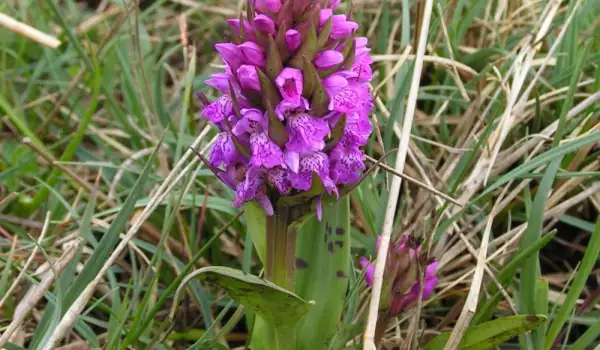
Heath Spotted Orchid / Dactylorhiza maculata / - tubers reach deep underground, having 3 or 4 tubercles. The leaves have dark spots. It blooms in May-August. It is widespread in forests, meadows and along mountain streams.
Military Orchid / Orchis militaris / - tubers are whole, cylindrical to oval. The leaves are oblong-elliptical. The leaves cluster in a military-type helmet shape. It blooms from April to June. It is widespread throughout grassy areas, meadows, thickets and forests, especially in the foothills and mountains.
Composition of orchids
Tubers of orchids contain about 50% mucilage, 11% sucrose, 30% starch, protein, sucrose, mineral salts and other substances.
Collection and storage of orchids
People gather the tubers of orchids for medicinal purposes. Only the young daughter tubers are removed during flowering or in April-June after blooming. Thread is carefully wound through the tubers and they are immersed for 2-3 minutes in boiling water, and then immediately in cold to prevent sprouting.

Tubers are dried in the shade. Properly dried tubers are ovoid, round or glove-like. They are brown or dull yellow, odorless, but with a slimy taste. Orchid powder can be bought from some specialized shops.
Benefits of orchids
The orchid has anti-inflammatory and soothing actions due to the large amount of mucilage in it. It is used for airway inflammation, gastrointestinal diseases, bronchitis, ulcers, pneumonia.
Infusions of orchids relieve coughs and inflammation of the airways extremely well. Breathing rapidly normalizes, irritated and inflamed bronchial mucosa is soothed and secretion is reduced.
The soothing action of orchids rapidly spreads over the mucosa of the gastrointestinal tract. It has substances that are known to be powerful antidotes because they absorb and remove ingested drugs and poisons.
1 tsp of crushed roots are brewed with 4/5 cup of boiling water and left to soak for about 15 minutes. From the resulting brew, 1 coffee cup is drunk three times daily.
Orchids may also be administered in the form of flour derived from the tubers. 1 tsp of the flour is put in cold water, and topped with 2 cups of boiling water. Allow to soak for 10 minutes, and then take 1 coffee cup three times daily.
Externally, the herb is brushed on boils, wounds, skin eczema, beaten and worn areas.
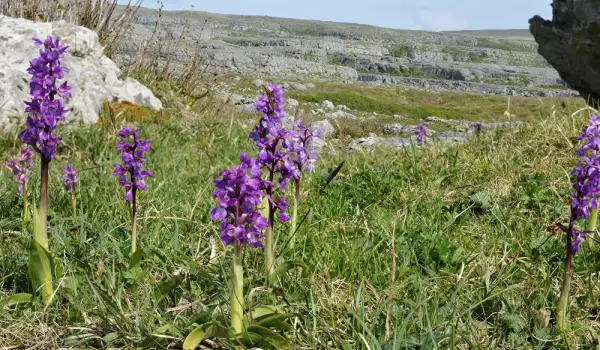
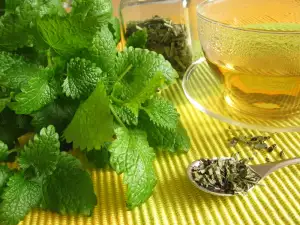
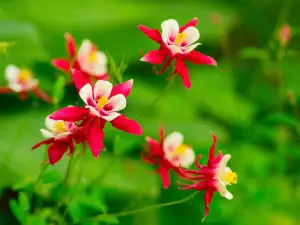
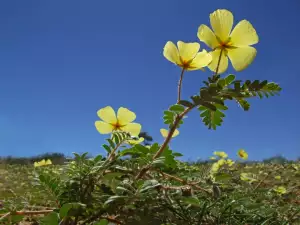
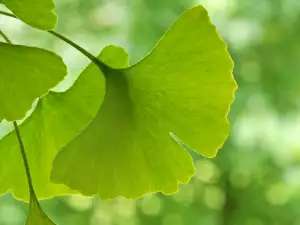
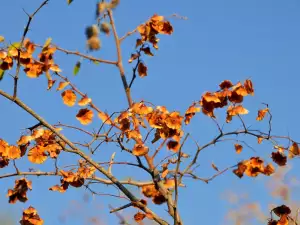
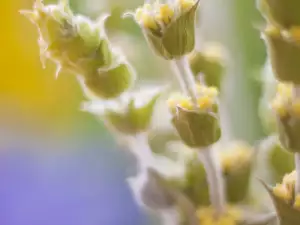
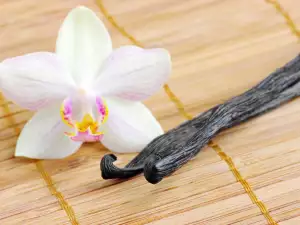
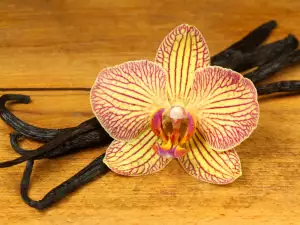
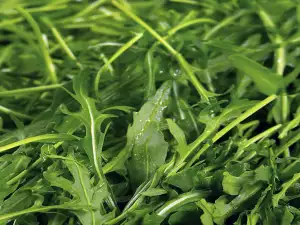

Comments